Injection molding is a widely used manufacturing process for producing plastic parts․ Identifying defects is crucial for maintaining product quality and functionality․ This guide explores common defects, their causes, and effective remedies to ensure optimal production outcomes․
1․1 Overview of Injection Molding Process
The injection molding process involves feeding plastic material into a heating barrel, melting it, and injecting the molten plastic into a mold cavity․ The material cools, solidifies, and is then ejected as a finished part․ This process is highly efficient for mass production, offering precise control over part dimensions and surface finish․ Key steps include material feeding, melting, injection, cooling, and ejection․ Proper process control ensures high-quality outputs, making it a cornerstone of modern plastics manufacturing․
1․2 Importance of Identifying Defects
Identifying defects in injection molding is crucial for ensuring product quality, functionality, and safety․ Defects can lead to part failure, increased production costs, and potential safety hazards․ Early detection allows for timely corrections, minimizing waste and improving manufacturing efficiency․ Addressing defects also enhances customer satisfaction and maintains brand reputation․ By understanding defect causes, manufacturers can implement targeted remedies, optimize processes, and reduce material waste․ This proactive approach ensures consistent production of high-quality plastic parts, aligning with industry standards and customer expectations․
1․3 Common Types of Defects
Injection molding defects vary widely, including issues like short shots, sink marks, warping, flash, burning, splay, jetting, inclusions, molded-in stress, and contamination․ These defects arise from factors such as improper processing parameters, material contamination, or mold design flaws․ Understanding these common defects is essential for troubleshooting and implementing effective remedies․ Each defect impacts product quality and functionality differently, necessitating targeted solutions to ensure reliable and consistent production outcomes․ This guide explores these defects in detail, providing insights into their causes and resolution strategies․
Short Shots
Short shots occur when the mold is not fully filled, resulting in incomplete parts․ This defect often arises from insufficient material or incorrect injection rates․
2․1 Causes of Short Shots
Short shots are primarily caused by insufficient material injection, often due to low injection pressure or high melt viscosity․ Other factors include improper mold temperature, inadequate venting, or incorrect gate sizing․ Issues like high melt temperature, which increases viscosity, or insufficient drying of hygroscopic materials can also contribute․ Additionally, poor mold design, such as narrow runners or improper runner balancing, can restrict material flow, leading to incomplete filling of the mold cavity․
2․2 Remedies for Short Shots
To address short shots, increase injection pressure and speed to ensure adequate material flow․ Improve mold temperature control to reduce viscosity and enhance flow․ Properly dry hygroscopic materials to prevent moisture-related issues․ Optimize gate size and design for better flow distribution․ Ensure vents are clean and functional to eliminate air entrapment․ Adjust the injection profile, focusing on a slower initial fill to prevent turbulence․ If necessary, increase the barrel temperature to lower melt viscosity and improve material flow consistency․
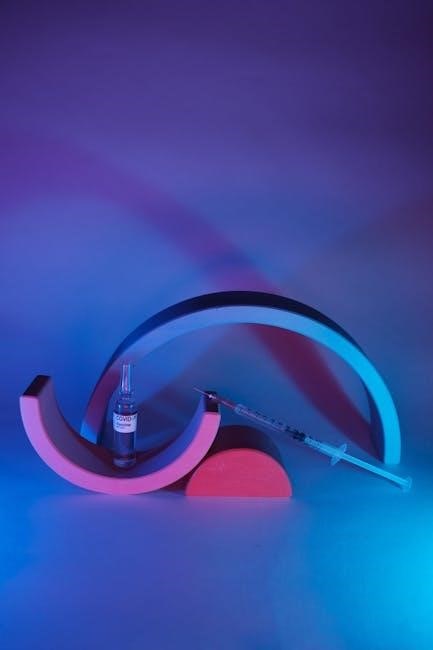
Sink Marks
Sink marks are depressions on the surface of molded parts, often caused by material shrinkage after cooling․ They commonly occur in thick sections or behind ribs․
3․1 Causes of Sink Marks
Sink marks are primarily caused by uneven material shrinkage during cooling․ High material shrinkage rates, incorrect cooling times, and improper gate sizing can lead to these depressions․ Additionally, excessive filler content in the material and poor part design, such as thick sections without adequate support, can exacerbate the issue․ These factors contribute to the formation of sink marks, especially in areas with varying wall thicknesses․
3․2 Remedies for Sink Marks
To address sink marks, redesign parts for uniform wall thickness and add ribs or gussets in thicker areas․ Lower injection speed during filling and increase cooling time․ Adjusting mold temperature and material selection to reduce shrinkage can help․ Ensure proper material drying to prevent moisture-related issues․ Optimizing gate design and size improves material flow, minimizing depressions․ These adjustments collectively help mitigate sink marks, enhancing part quality and appearance․
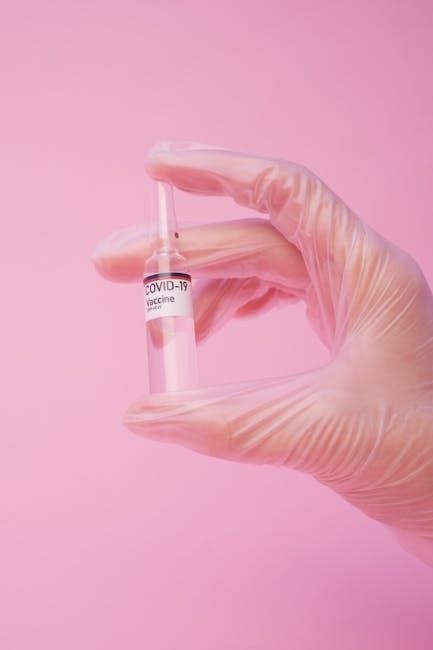
Warping
Warping occurs when molded parts deform after cooling, often due to uneven shrinkage or internal stresses․ It can affect dimensional accuracy and structural integrity of the final product․
4․1 Causes of Warping
Warping in injection molding is primarily caused by uneven cooling and shrinkage rates․ Factors include improper mold design, such as inadequate cooling channels, leading to temperature gradients․ Material selection also plays a role, as some plastics shrink more than others․ Additionally, injection speed and mold temperature imbalances can create internal stresses․ Improper gate placement may further exacerbate uneven flow, contributing to warping․ Addressing these factors is essential to minimize deformation and ensure part accuracy․
4․2 Remedies for Warping
To remedy warping, ensure uniform cooling by optimizing mold design and increasing cooling channels․ Adjusting injection speed and mold temperature helps reduce internal stresses․ Proper gate placement improves material flow, minimizing deformation․ Using materials with consistent shrinkage rates and maintaining balanced filling patterns also helps․ Post-molding operations like annealing can relieve residual stress, enhancing part stability․ Implementing these strategies ensures parts remain flat and dimensionally accurate, reducing scrap rates and improving overall production efficiency․
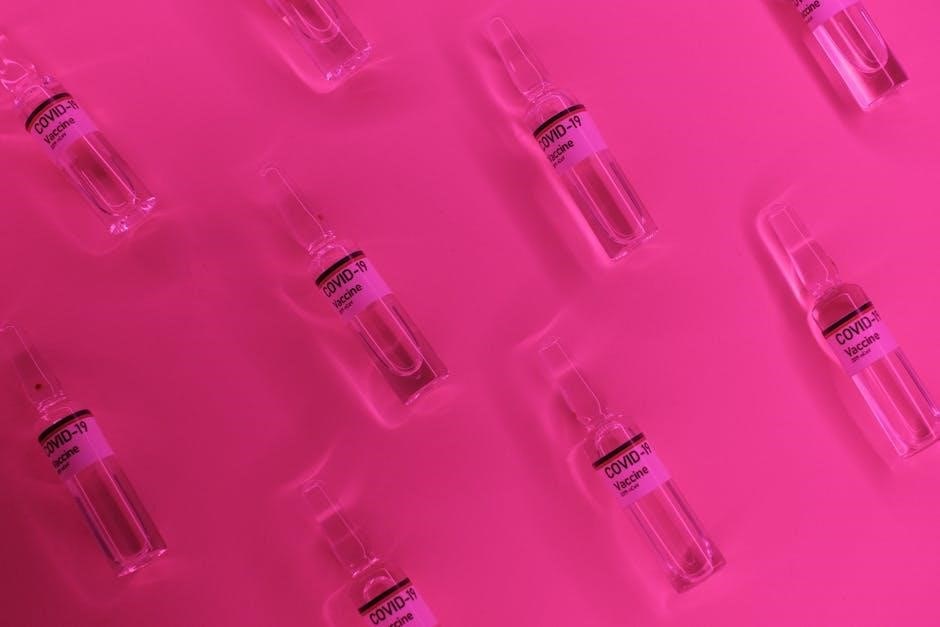
Flash
Flash occurs when excess material seeps out of the mold cavity, typically along the parting line․ It is caused by excessive injection pressure, improper clamping force, or mold wear․
5;1 Causes of Flash
Flash in injection molding is primarily caused by excess material leaking from the mold cavity, often due to excessive injection pressure or improper clamping force․ Mold wear and tear over time can also contribute, as it creates gaps along the parting line․ Additionally, high melt temperatures or insufficient cooling can cause the plastic to flow more freely, increasing the likelihood of flash․ Poor venting in the mold can trap air, forcing material to escape through gaps, further exacerbating the issue․ These factors highlight the importance of precise process control and mold maintenance․
5․2 Remedies for Flash
To address flash, reduce injection pressure and ensure proper clamping force to prevent material leakage․ Regularly inspect and clean the mold, addressing any wear or damage that may cause gaps․ Improving the venting system to allow trapped air to escape can also minimize flash․ Additionally, fine-tuning the cooling process and maintaining optimal melt temperatures can help reduce material flow issues․ By implementing these strategies, manufacturers can effectively minimize flash and enhance part quality․

Burning
Burning occurs when molten plastic decomposes due to high temperatures or trapped air, creating discoloration or bubbles․ It often results from excessive injection speed or poor venting systems, leading to material degradation and aesthetic or structural defects in the final product․
6․1 Causes of Burning
Burning in injection molding occurs due to high temperatures causing decomposition of molten plastic․ Trapped air in the mold cavity and excessive injection speed can exacerbate this issue․ Poor venting systems prevent gases from escaping, leading to material degradation․ Additionally, improper temperature settings and inadequate cooling times contribute to burning․ Contaminated materials or incorrect tooling can also create hot spots, further increasing the risk of this defect․ Addressing these factors is essential to prevent burning and ensure high-quality products․
6․2 Remedies for Burning
To address burning defects, reduce injection speed to minimize heat generation․ Ensure proper mold venting to prevent trapped air and hot spots․ Lowering mold and barrel temperatures can also help․ Increasing cooling times allows the part to set properly․ Improving the mold design to eliminate sharp edges and thin sections can reduce localized heating․ Using a temperature-controlled mold can help maintain uniform heating․ Additionally, proper material drying and maintaining optimal moisture levels are crucial․ Finally, ensuring proper gate and runner sizes can help distribute heat evenly․
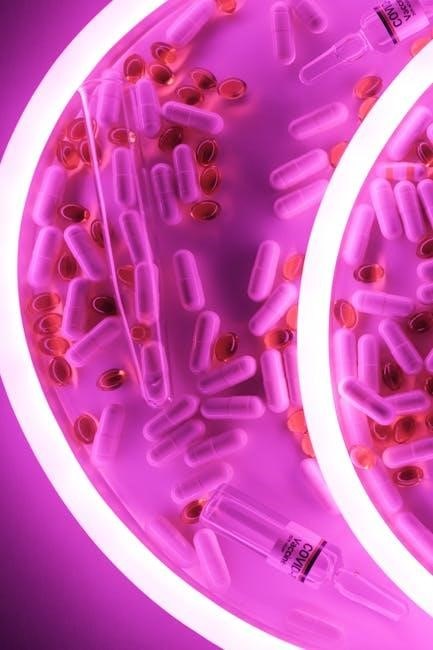
Splay
Splay appears as a swirly or wavy pattern on the part’s surface, often caused by high injection speeds or improper material flow․ Lowering injection speed and adjusting temperatures can help eliminate this defect․
7․1 Causes of Splay
Splay is primarily caused by high injection speeds, which force molten plastic to flow too quickly, creating a swirly pattern on the part’s surface․ Improper gate design and unbalanced material flow can exacerbate this issue․ Additionally, excessive moisture in the material or inadequate drying can lead to splay, as water vapor disrupts the plastic flow during injection․ Poor venting in the mold can also trap gases, further contributing to this defect․
7․2 Remedies for Splay
To address splay, reduce injection speed, especially during the filling phase, to prevent rapid plastic flow․ Ensure proper material drying to eliminate moisture, a common contributor․ Improve mold venting to release trapped gases and avoid pressure buildup․ Optimize gate design for balanced material flow and consider enlarging gates to reduce velocity․ Lowering the melt temperature can also help minimize turbulence․ Regularly inspect and clean the mold to prevent contamination and ensure smooth operation․ These adjustments will help mitigate splay and improve part quality․
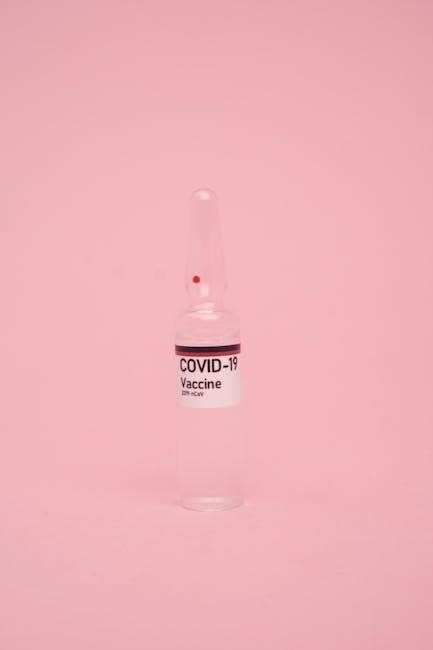
Jetting
Jetting appears as a swirled line from the gate due to high injection speed and inadequate gate design, causing uneven plastic flow and surface defects․
8․1 Causes of Jetting
Jetting occurs when molten plastic flows through the mold gate at high velocity, creating a swirling pattern․ Common causes include high injection speed, inadequate gate design, and improper mold venting․ Poor gate placement and incorrect temperature settings can also contribute․ Additionally, contaminated or clogged vents may restrict air escape, exacerbating the issue․ These factors disrupt the even flow of plastic, leading to visible defects on the part’s surface․ Addressing these causes is essential to achieving smooth, consistent molding results․
8․2 Remedies for Jetting
To address jetting, reduce the injection speed, particularly during the filling phase, and consider using a graduated injection profile․ Ensure proper vent cleaning and improve mold venting to allow air to escape․ Optimize gate design and placement to enhance plastic flow․ Adjusting mold temperature and material drying can also help․ Fine-tuning these parameters ensures smoother material flow, reducing the appearance of swirling patterns and improving part quality․ These steps help eliminate jetting defects effectively․
Inclusions
Inclusions occur when foreign particles are embedded in the molded part, often due to contaminated material or resin degradation․ Ensure clean, dry material and proper venting to prevent this issue․
9․1 Causes of Inclusions
Inclusions in injection molding occur due to foreign particles embedded in the molded part․ Common causes include contamination of raw materials, such as mixing different resins or absorbing moisture, which degrades the material․ Poor venting in the mold can trap particles, while insufficient drying of hygroscopic plastics leads to degradation․ Additionally, improper material handling can introduce foreign particles into the resin, resulting in inclusions during the molding process․
9․2 Remedies for Inclusions
To address inclusions, ensure raw materials are dry and free from contamination by using desiccant dryers and proper storage․ Implement rigorous quality control to prevent mixing of different resins․ Improve mold venting to eliminate trapped particles and reduce the risk of material degradation․ Regularly clean and maintain the mold to remove accumulated debris․ Additionally, inspect and filter the resin before processing to eliminate foreign particles, ensuring the final product meets quality standards․

Molded-in Stress
Molded-in stress refers to internal stresses within injection molded parts, often caused by processing conditions and material behavior, leading to warping or cracking if not managed properly․
10․1 Causes of Molded-in Stress
Molded-in stress arises from processing conditions and material behavior․ High injection pressure and speed can force plastic into molds too aggressively, creating internal tension․ Uneven cooling rates cause differential shrinkage, leading to warping․ Material shrinkage during cooling, improper gate design restricting flow, and inadequate mold temperature control also contribute․ Additionally, holding pressure applied too long can over-pack the mold, increasing residual stress․ These factors combine to create internal stresses that can lead to part distortion or cracking over time if not addressed․
10․2 Remedies for Molded-in Stress
To minimize molded-in stress, reduce injection pressure and speed, ensuring even material flow․ Increase mold temperature for uniform cooling and consider stress-relieving additives․ Optimize gate design for balanced filling and avoid over-packing by adjusting holding pressure․ Proper material drying and process parameter optimization also help reduce internal stress, enhancing part durability and dimensional stability․ Addressing these factors ensures parts remain free from distortion and cracking, improving overall quality and performance․
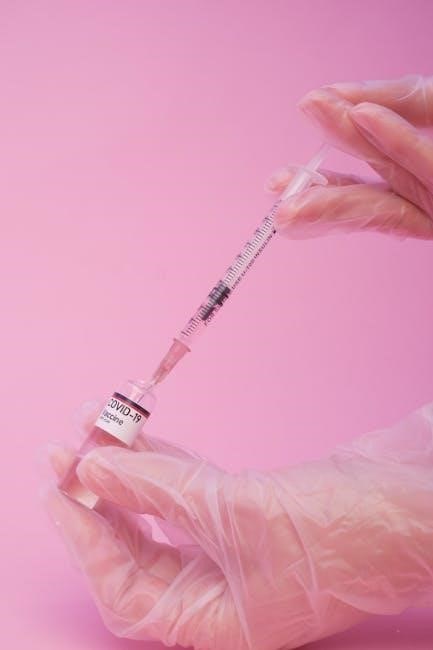
Contamination
Contamination occurs when foreign particles or substances mix with the plastic material, causing defects․ Common causes include dirt, moisture, or improper handling․ It leads to inclusions or weak spots, affecting part quality and reliability․
11․1 Causes of Contamination
Contamination in injection molding often stems from foreign particles such as dirt, dust, or moisture entering the material․ Improper handling of raw materials, inadequate drying, or poor mold maintenance can introduce impurities․ Additionally, degradation of the plastic material due to overheating or improper storage can lead to contaminants․ Mold venting issues may also trap gases, causing surface defects․ Finally, cross-contamination from mixed materials or unclean production environments further exacerbates the problem, leading to inclusions and weakened part integrity․
11․2 Remedies for Contamination
To address contamination, ensure proper material handling and drying processes․ Regularly clean and maintain molds to prevent residue buildup․ Improve venting systems to eliminate trapped gases․ Use high-quality, consistent raw materials and store them correctly․ Implement strict quality control measures to prevent cross-contamination․ Train personnel to follow cleanliness protocols and use protective equipment․ Finally, conduct regular mold inspections and replace worn or damaged components to maintain production integrity and reduce contamination risks․
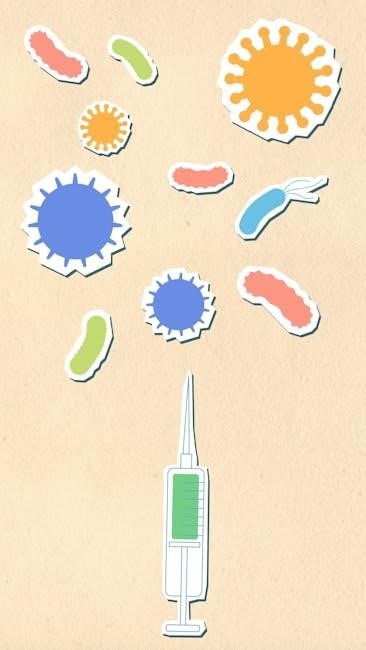
Prevention Strategies
Implementing proper mold design, material selection, and process optimization are key to preventing defects․ Regular maintenance and quality control further ensure consistent, high-quality injection molding outcomes․
12․1 Proper Mold Design
Proper mold design is essential for minimizing defects․ Ensuring balanced runners, gates, and cooling channels helps maintain even flow and temperature․ Adequate venting prevents trapped air, reducing burn marks and bubbles․ Gate placement should minimize flow length and shear stress, while polished surfaces reduce drag․ A well-designed mold enhances part quality, reduces warping, and prevents inclusions․ Regular inspection and maintenance of molds further ensure optimal performance and defect-free production․
12․2 Material Selection and Drying
Material selection and proper drying are critical to prevent defects․ Choosing materials suited to the application ensures compatibility․ Drying raw materials thoroughly eliminates moisture, which can cause issues like splay, bubbles, or mold-in stress․ Hygroscopic materials require extended drying times․ Using desiccant dryers or dehumidifying storage maintains material integrity․ Proper material handling and storage prevent contamination, ensuring consistent and defect-free production․ Regularly testing material moisture levels further guarantees optimal molding conditions and reduces the risk of defects during processing․
12․3 Process Optimization
Process optimization is essential for minimizing defects in injection molding․ Adjusting parameters like injection speed, temperature, and pressure ensures even material flow and prevents issues such as burning or warping․ Gradual injection profiles and optimal cooling times further enhance part quality․ Monitoring and refining these settings helps maintain consistency and reduces defect risks․ Regular process audits and leveraging advanced control systems also contribute to sustainable, high-quality production outcomes․
12․4 Regular Maintenance
Regular maintenance is vital for preventing defects in injection molding․ Cleaning mold vents, inspecting gate designs, and ensuring proper alignment of mold halves help avoid contamination and flash․ Lubricating moving parts and replacing worn components prevent mechanical failures․ Scheduled maintenance reduces downtime and ensures consistent part quality․ Implementing a routine upkeep plan minimizes the risk of defects, ensuring smooth and efficient production processes․